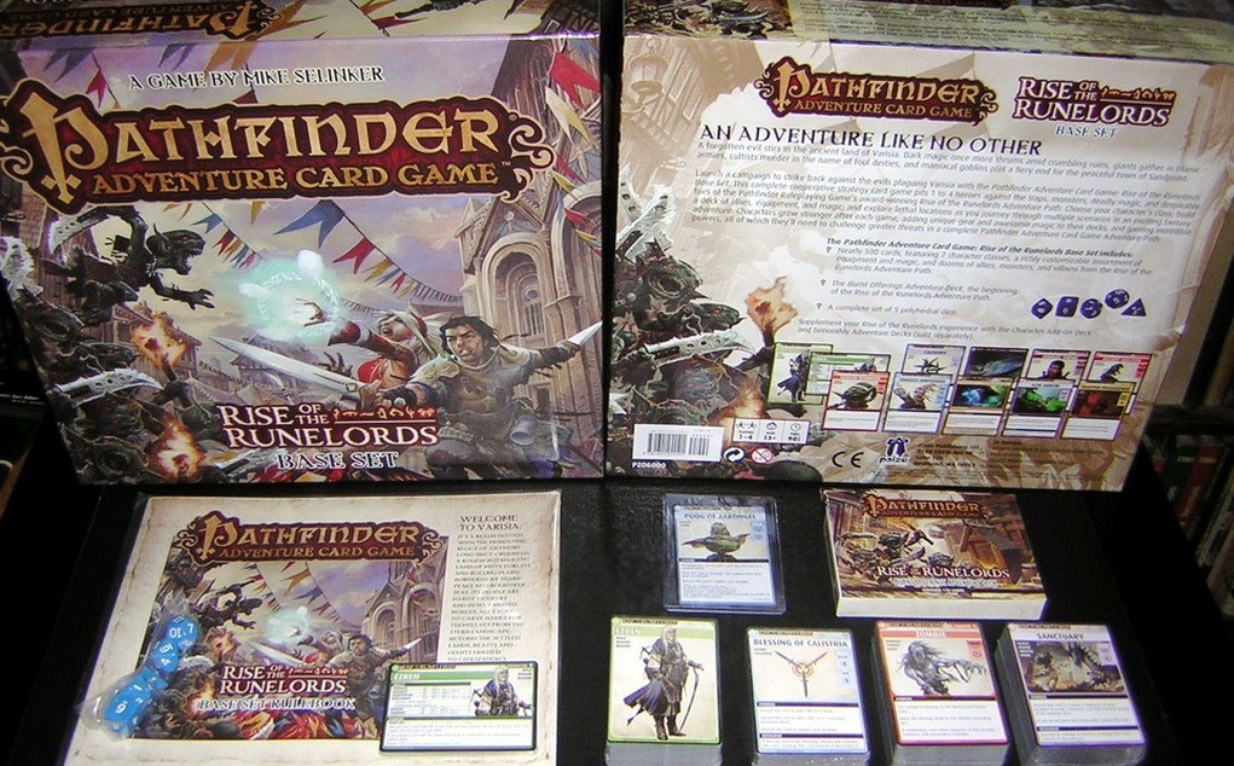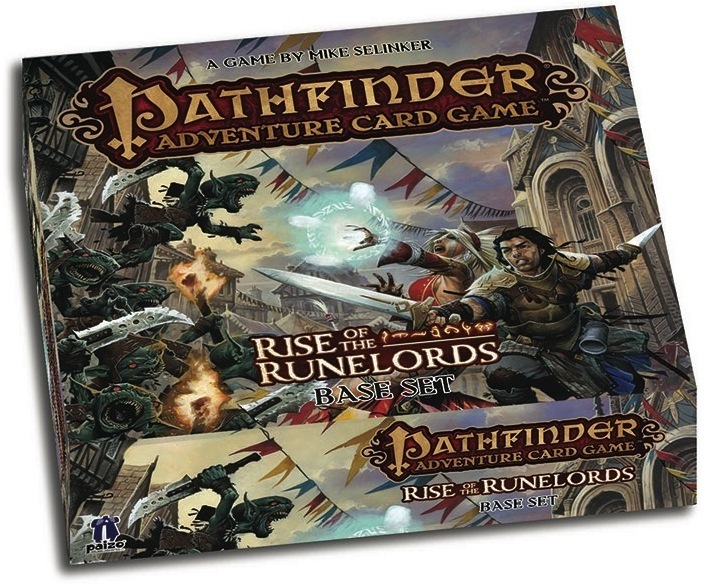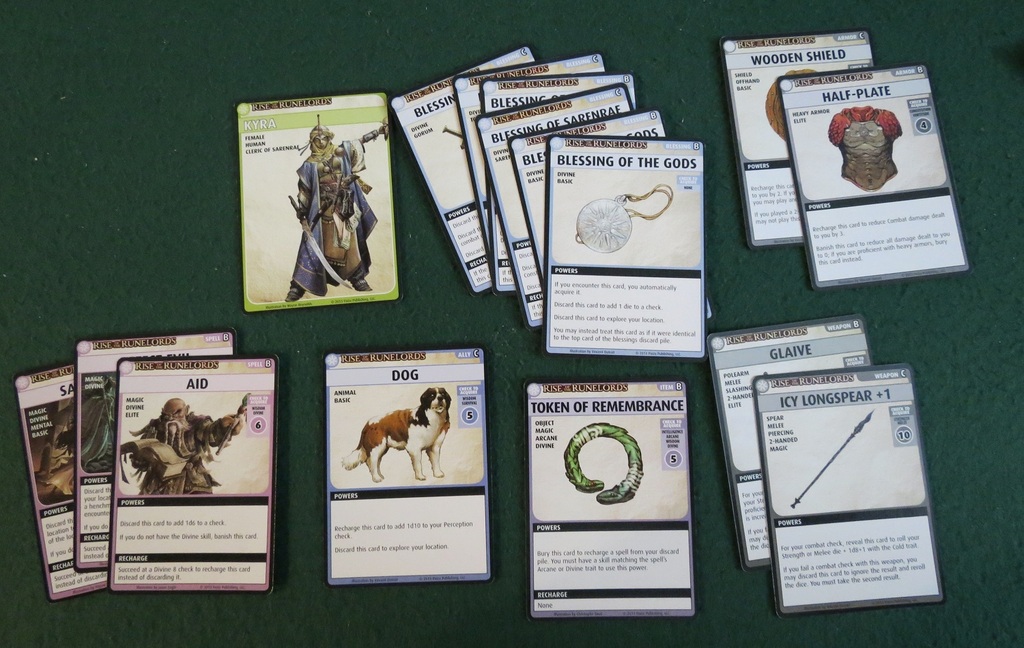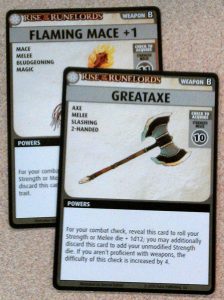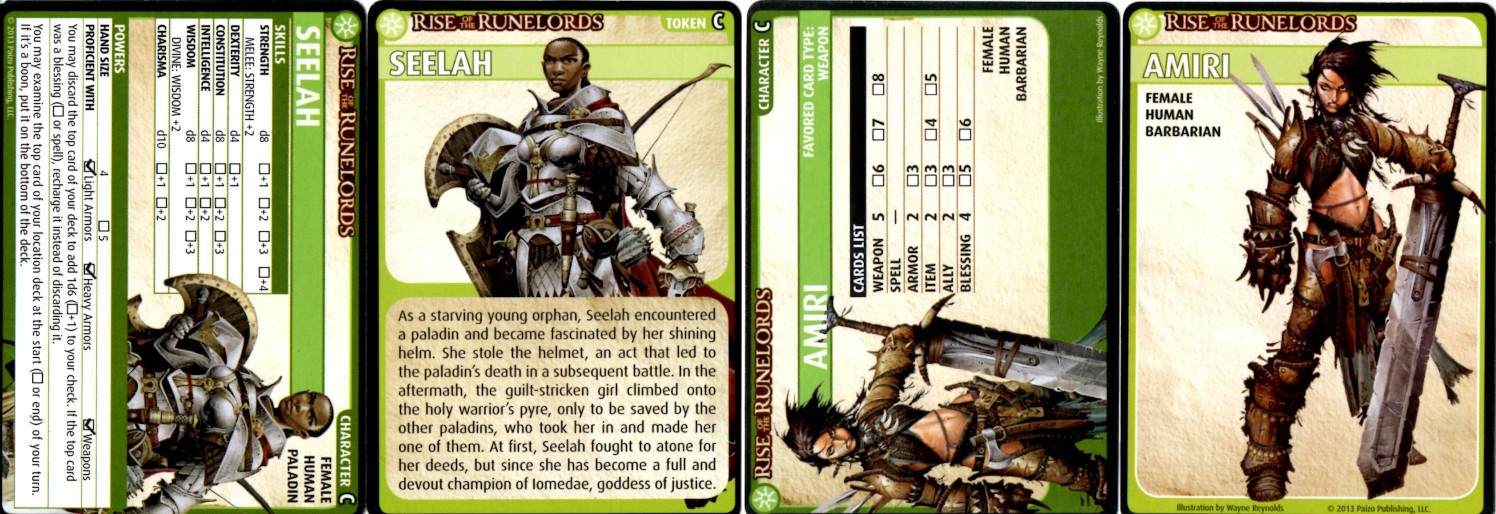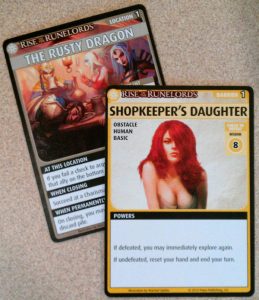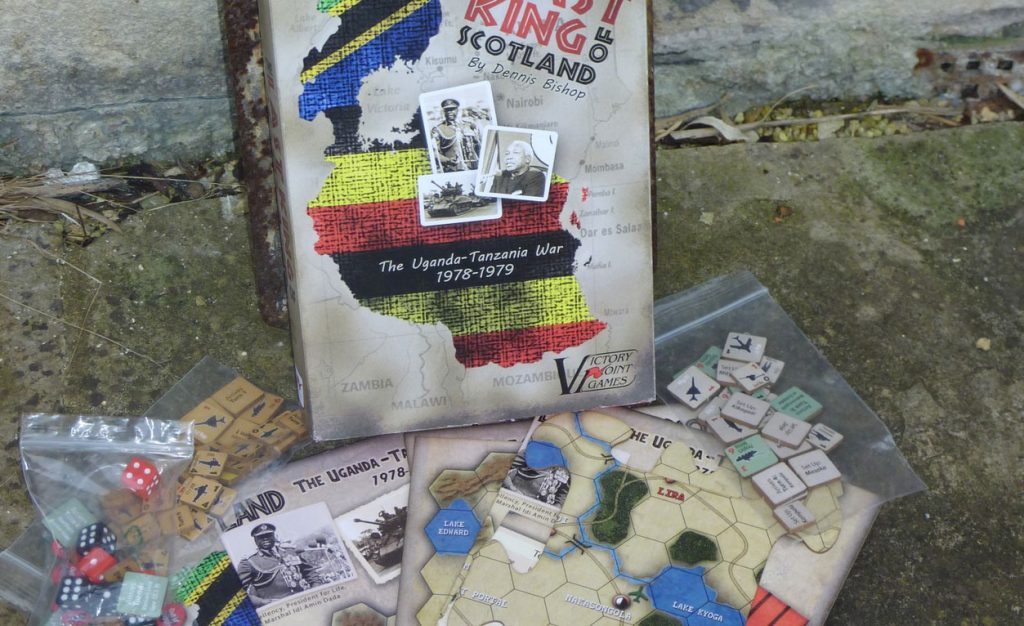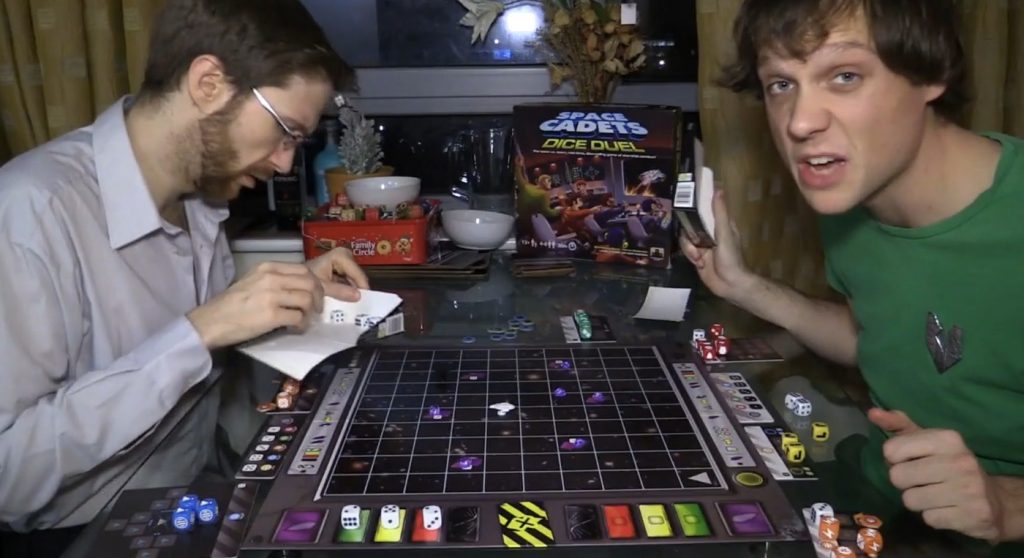[Order, order. All rise for his honour Matt Drake, who returns to us once again with another review, this time of a game that’s gaining quite the reputation around these parts. Is such a reputation deserved? Well, Mr. Drake has a few things to say. Please, take your seats and remain quiet while the review is in progress.]
The Pathfinder Adventure Card Game came out a couple months ago, and the internet has been a-go-go with praise. I have read glowing reviews, had friends tell me it was simply amazing and heard people compare it to solid-gold toilets with built-in bidets. (I made up that toilet thing. I don’t actually know anyone who thinks a gold toilet would be a good idea.)
Well, allow me to retort.
Actually, before I retort, allow me to back up a little and start with this: I have played the Pathfinder Adventure Card Game ten times. Eleven, if you count the solo game I did so I could get a handle on it. I read the FAQ (which is ludicrously long, because the game is chock-a-block full of errors and vagaries). I perused forums and read questions, flipped through pros and cons, and otherwise did my homework to make sure that not only was I doing this right, but I was understanding what the game is supposed to do.
OK, now the retort. The Pathfinder Adventure Card Game is redundant, formulaic and arbitrary. It attempts to emulate an RPG that runs without the help of a DM, even going so far as to crib the name from one of the world’s most popular role-playing games, and yet has very little in the way of storytelling or thematic consistency. It is, first and foremost, a card game, and while designed to be played hundreds of times (or at least eight, right out of the box), provides painfully limited reasons to play it once you have mastered the concept.
The basic idea is that you take a team of adventurers and attack a series of locations, always two more than the number of heroes, to close them down and corner the villain. Beat the villain, and you win the game. Win the game, and you get some sort of reward, whether it is new cards for your hero deck or new abilities and strengths. It’s like leveling up, but not as much fun. There are more rules, of course, but by now you have probably read a plain-vanilla rules synopsis at least six times, provided by well-meaning but frightfully dull reviewers who think telling you the rules means they have reviewed the game. So I’m not going to cover that part again.
What I will cover is the long game. The Pathfinder Adventure Card Game is meant to be played over and over and over, in a series of scenarios that chain together to form adventures that chain together to form an adventure path. After every scenario, you’re supposed to get just a little bit better at… something. Maybe you find a flaming mace. Maybe you find a great axe. Maybe you put them together to get a great, flaming ass, which is what happens when Jennifer Lopez eats Taco Bell.
The first game or three, you’ll probably enjoy yourself. You’re sweating bullets, trying to close locations before the blessing deck runs out and the villain escapes. Maybe the monsters are kicking your ass, and you may even lose a hero and have to choose a different one.
Then you start to see the connected dots. You assign heroes to maximize their skill sets, close two locations permanently and then spread out to cover all the exits, thus virtually ensuring a confrontation with the villain before your 30-card timer deck runs out. You analyze the best times to use your blessings to improve your odds, even calculating a risk-return analysis to balance the dwindling blessing resources against the penalties of failure. In short, you solve the game. And then it’s not fun any more.
Once you know how to win, once you have mastered the subtleties (which are about as subtle as a naked man at a bus stop), the Pathfinder Adventure Card Game turns into a dull routine of flipping a card and rolling dice. At the beginning, you’ll face a bunyip and say, ‘Oh no! A bunyip! Those are very dangerous!’ By the time you’ve been through a few times, you’ll be saying, ‘Combat value nine. Pass the Doritos.’
Of course, this leads to a second major problem with the Pathfinder Adventure Card Game. There’s no damned story here. It’s named after a game about telling a story, and the story is meaningless. What the crap is a bunyip? How did one get into the general store? Why do I have to kill every bad guy at the temple before I can kill the dragon in the dungeon? Basically, the game pretends to have a story, and yet delivers a mediocre and repetitive game of flipping cards and rolling dice.
THE THIRD THING! The Pathfinder Adventure Card Game is incredibly capricious (for those of you who missed High-Falutin Jabber 101, that means there’s too much luck). If your dice like you, the game is a breeze. If the bad guys are at the top of their location decks, you’ll blow right through them and finish with time to go make a sandwich. But if the villain is hiding at the very bottom of a location, you will run out of time and lose the game, and if you roll crap the whole time, you’ll end up hurling the dice through a nearby window before you realize that the best thing in the box was the dice, so you’ll go out to fetch them and throw out the cards instead.
For decades now, people have been trying to come up with a board-game solution to the role-playing problem of having a moderator. It’s like the philosopher’s stone that will turn cheese into thin-sliced deli ham. An unobtainable goal that would be a license to print money, or at least to print pressed sandwich meat. Some games have been fun, a few have been exciting, but none have really succeeded at telling a story without making someone play the bad guy. The Pathfinder Adventure Card Game isn’t an utter failure – it’s a decent card game – but as a story game, it’s a waste. It might be fun once or twice, but it sure is not worth the price you paid to get it.

